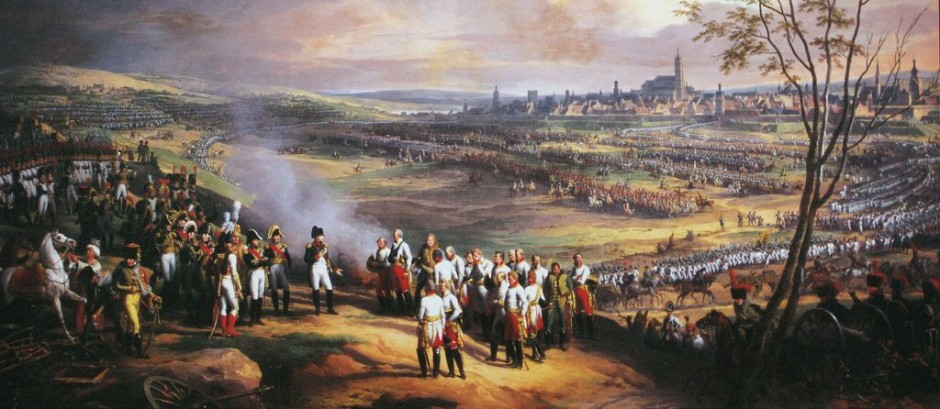How to analyze a cartoon
Political or editorial cartoons are sophisticated pictorial comments about a social, political, or economic event or theme. Cartoons present an historical event, topic, or theme from one point of view and are aimed at an informed audience. While caricature and humor may be used, the distinguishing feature of political cartoons, as opposed to gag cartoons, is the use of satire. This satire is often in the form of irony, sarcasm, or ridicule and is used to point out the pomposity, hypocrisy, or lack of honesty of individuals or institutions .By providing a concise visual comment about a specific theme, topic, or event in a manner that is different, interesting, and often humorous, a cartoon offers a springboard for thought and discussion.
The following skills are involved in interpreting cartoons:
- Distinguishing symbolic from literal representation. A cartoon is a non-literal message, and the drawing, frame, and form indicate to the viewer that the contents should not be taken a face value.
- Recognizing historical personalities from caricature. Much of the bias present in cartoons is in the way personalities are caricatured. Thus, in order to identify how personalities are being caricatured students should have- previously seen pictures of the person(s) being caricatured. Cartoons may flatter or ridicule a person.
- Identifying an issue, event, or problem from contextual clues and background knowledge. In its original context, a cartoon from a magazine or newspaper would have been placed next or close to an editorial or article that commented on the issue, event, or personality being illustrated. Thus, the audience is assumed to be informed.
- Recognizing universal themes such as humour, anger, truth, justice. Many enduring cartoons are linked to universal themes. This allows for a comparison of cartoons across different time periods.
- Articulating an intellectual and/or emotional reaction to a cartoon.
The reaction of a viewer to a cartoon is often emotional, not intellectual, and this is the response intended by the cartoonist. The intent of the cartoonist is for the viewer to react with rage, outrage, or amusement. An understanding of the power of the picture and its role in tapping emotions is one of the bases of visual literacy.
- Detecting bias in pictorial representation.
Often, the bias in a political cartoon is very sophisticated and is only indicated by the manner of the personality’s dress, a gesture, or by a double meaning in the wording of the caption. (For example, Charles de Gaulle dressed as Napoleon)
Questions to consider when analyzing Cartoons:
- Who are the figures and what are they doing? What, if any, is the significance of the way the figures are dressed or what they are doing? What else is in the drawing?
- Are there any symbols in the cartoon? What are they? What do the symbols represent? Why were these symbols chosen?
- How does the picture relate to the issue / event / personality that the cartoonist is presenting’ Is the issue treated satirically or seriously? What is the cartoonist’s point of view? (Is he or she for or against something or someone? Where does he or she stand on the issue?
- What is your reaction to the cartoon? Do you find the cartoon easy to understand? Why or why not? Do you find the cartoon amusing? Why or why not? Does the cartoon make you think about the issue it has raised?
- What is the historical reliability of the cartoonist’s comment? In what way does the cartoon provide historical insight?
